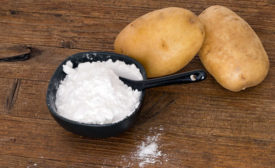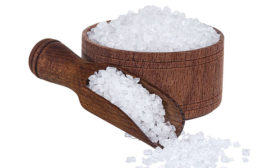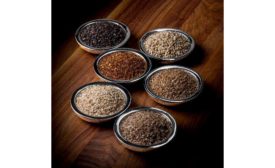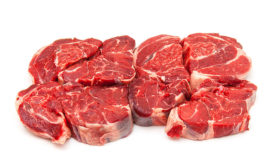Home » Keywords: » salt
Items Tagged with 'salt'
ARTICLES
Vent-E bridges the gap between protective and seamless coatings and other resinous flooring systems.
Read More
Reformulation by popular demand
Replacing ingredients like nitrites and phosphates takes planning to avoid inferior or cost-prohibitive products.
Read More
Product Focus | Functional Ingredients
Functional Ingredients Promote Product Quality and Safety
Read MoreStay ahead of the curve. Unlock a dose of cutting-edge insights.
Receive our premium content directly to your inbox.
SIGN-UP TODAYCopyright ©2025. All Rights Reserved BNP Media.
Design, CMS, Hosting & Web Development :: ePublishing










